Why EA Bucked The Remaster Trend With Dead Space
“We had the opportunity to sublimate the original experience.”
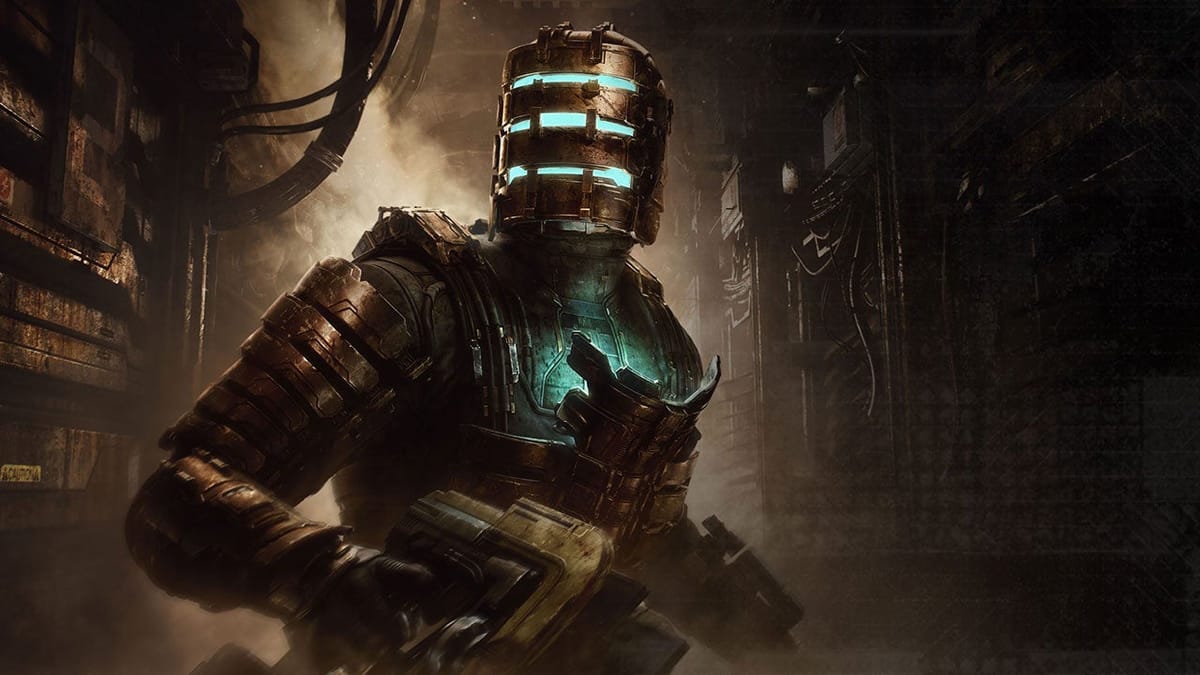
Remasters are nothing new in gaming. Even in earlier console generations, bringing older games to more powerful hardware with some visual enhancements wasn't especially uncommon, but remaking relatively recent games is another matter. It's a practice that's becoming more frequent, and Dead Space is no exception.
Remaking games from before the HD era is commonly accepted, yet there's an increasing list that goes beyond that. The Last Of Us: Part One is the obvious example, though others such as Like A Dragon: Ishin!, Wanderer: The Fragments of Fate, and Risk of Rain Returns are also present. With development cycles taking years to complete, why take this costly approach? It's a question EA Motive is happy to answer.
Now, full disclosure before I continue. You might be wondering why I'm covering this two years after the Dead Space remake's launch, and there's a good reason. Another outlet commissioned me to write a feature on this subject in 2023, providing I interview two studios. Unfortunately, I couldn't secure a second team and the idea got dropped. This left my answers from EA Motive's studio director, Roman Campos-Oriola, without a home. So, I'm finishing what I started.
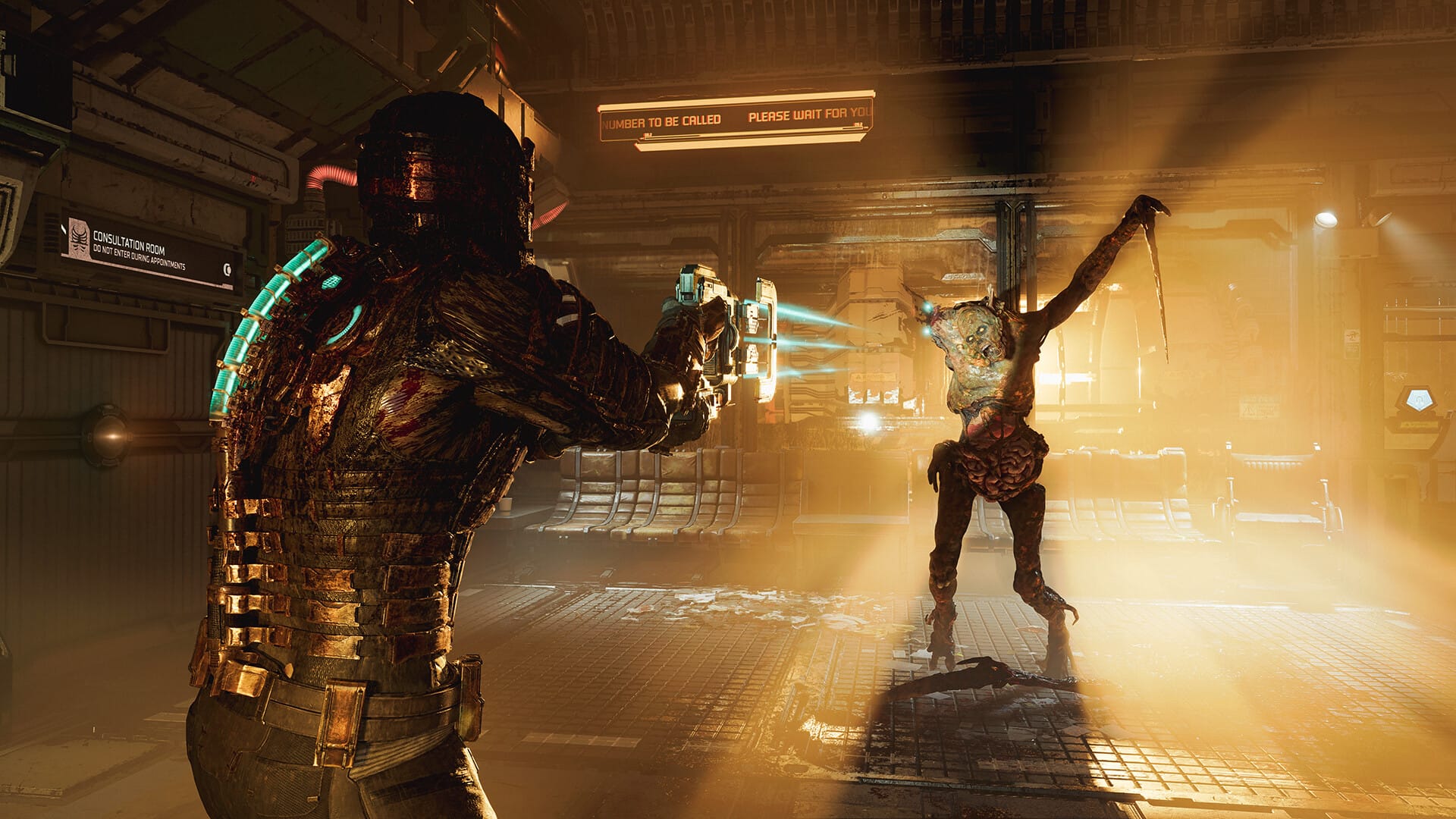
With 15 years between Visceral Games' original Dead Space and Motive's title, some believed that the acclaimed horror didn't need remaking and argued it still holds up well. Campos-Oriola explained the studio's thought process by highlighting technology's improvements across that time, aiming “to be true to the original experience, but also to make it relevant for modern players.”
“Early in development, we had defined pillars that would help us figure what elements of the game we would like to enrich during the remake. For example, we wanted the immersion to be truly unbroken. So, thanks to Frostbite and the focus of the current generation of hardware on SSD, we recreated the Ishimura, the spaceship where Dead Space takes place, as one big, interconnected ship without any loading or camera cut. That's from the start screen to the end credits.”
Campos-Oriola stated this impacted the game's structure from both a narrative and level design perspective, which triggered “other changes and improvements.” Other benefits brought by remaking the game over remastering it included recreating all the assets from scratch, giving Motive room for improvements like dynamic lighting in a way that enhanced the gameplay's depth.
“We were able to create whole new systems, like the intensity director that procedurally generates events in the game, that would take advantage of those systems to enhance the tension and the horror.”
Did the remake help the team realize the game's original vision? Campos-Oriola confirmed a core development pillar involved “being true to the original” but this didn't just mean recreating what was there. Motive looked to the original game's references and found elements that couldn't be fully realized before. That includes using dynamic volumetric fog to create ambience.
“In the original, because of the tech 15 years ago, that was not really present in the game even though Alien was a big inspiration. Now, we are able to fully realize that vision. We were able to create new gameplay situations, or revisit existing ones, like with the dynamic volumetric fog.”
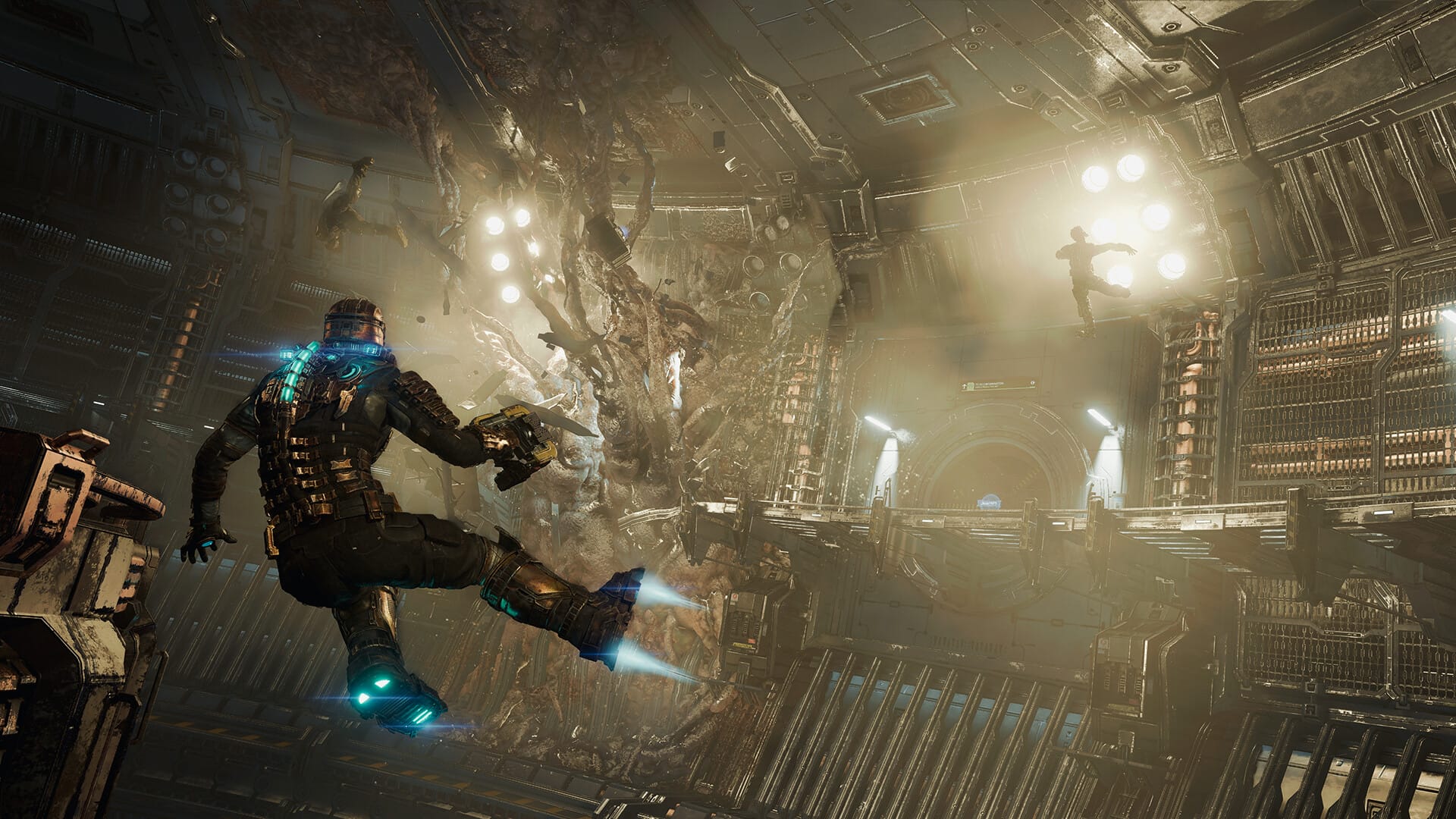
Nothing previously included was removed, though certain aspects underwent modifications. For example, zero gravity in the original game meant you can only walk using mag boots or fly around. In the remake, you can float and fly about freely, and new narrative missions also expanded the journey of some characters. This guiding principle underlined Motive's philosophy throughout developing the Dead Space remake.
“Our approach to the Dead Space remake was following four design pillars. These were staying true to the original, to recreate and enhance the original experience of the game, while honouring the legacy of that original masterpiece. The next was horror, and how can we not only recreate the tension of the original, but also push the terror even further.
“Then we strived to create unbroken immersion. We asked, ‘how do we create a game that is even more immersive than the original.’ Finally, we looked at creative gameplay, and how we push player interactions with the environment further and the game ingredients like physics and dismemberment to enrich the experience.”
Staying true to the original while modernizing it presented its own challenges, and Campos-Oriola informed me the team “had to constantly remind ourselves” about the game they were trying to recreate. This often involved playing the original game side-by-side to evaluate the impact of any changes being made, while a core group of Dead Space players helped provide feedback throughout development.
“We gave them unrestricted access to what we were building, from the vision to playable builds, and they gave us some invaluable feedback. Feedback that we were able to act on because we were getting it as we were building the game.”
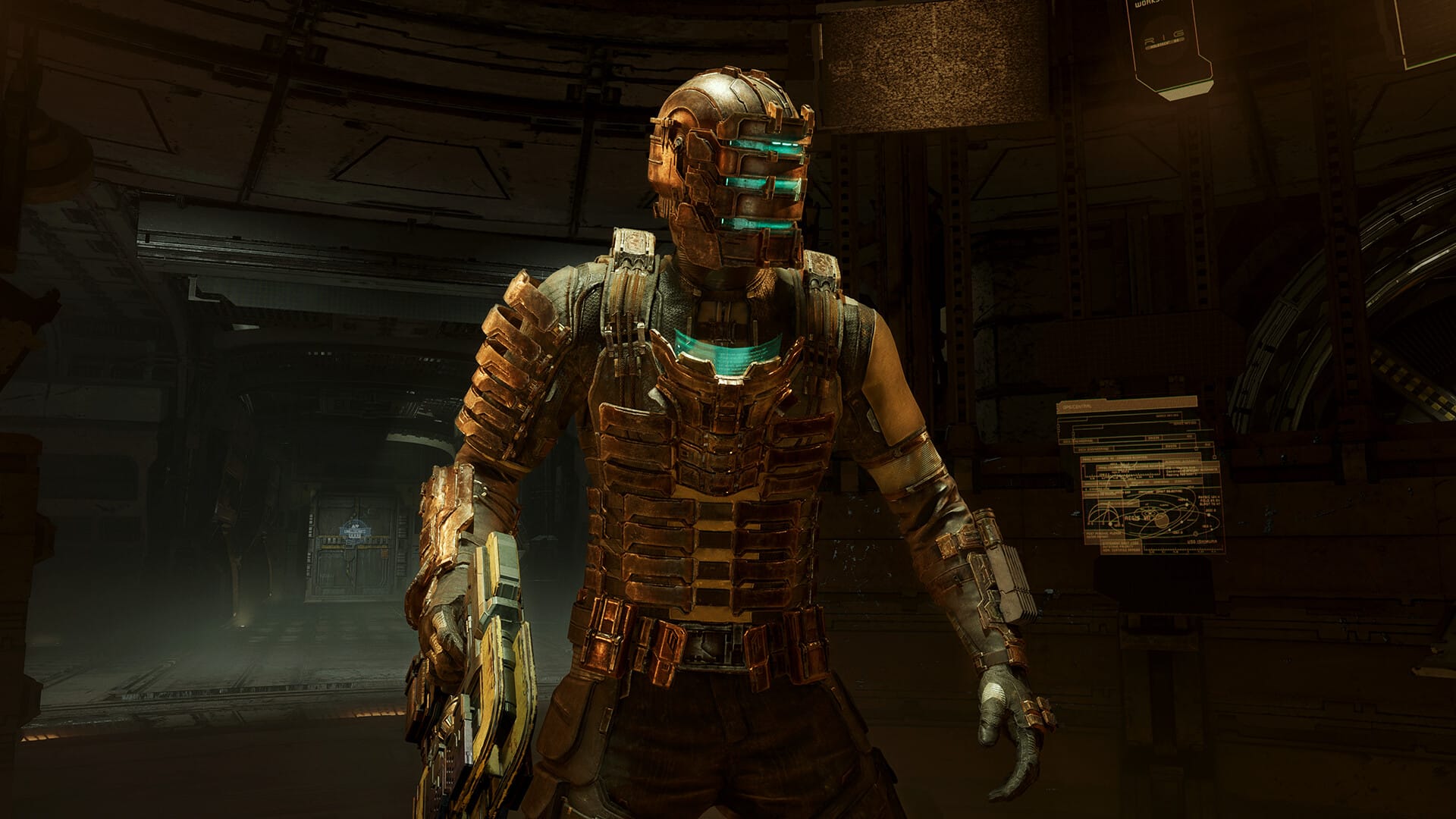
Even if a remaster might sometimes make more sense at face value, what's clear is that this isn't always the optimal solution for developers. Remasters might be a quicker way of reviving established classics for newer platforms and, arguably, a means of preservation. Yet remakes provide developers a different sense of technical freedom, letting them go beyond the original game's confines.
Whether remakes for more recent games are “necessary” to begin with is a conversation for another day, one that ultimately comes down to a matter of perspective. It's a shame that we'll likely never see a follow-up to this remake, and I'll forever wonder where EA Motive could've gone next with this iconic series.


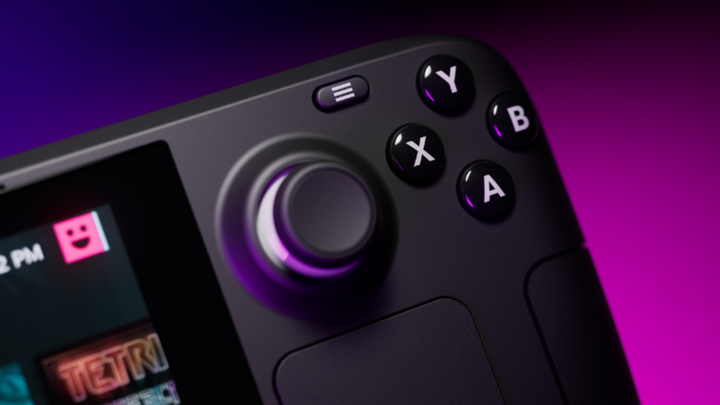

Comments ()